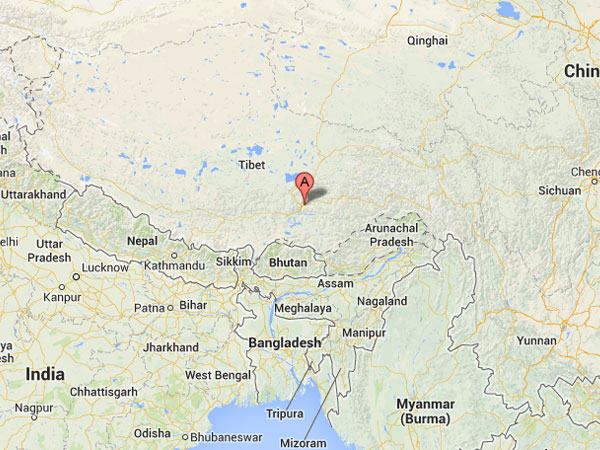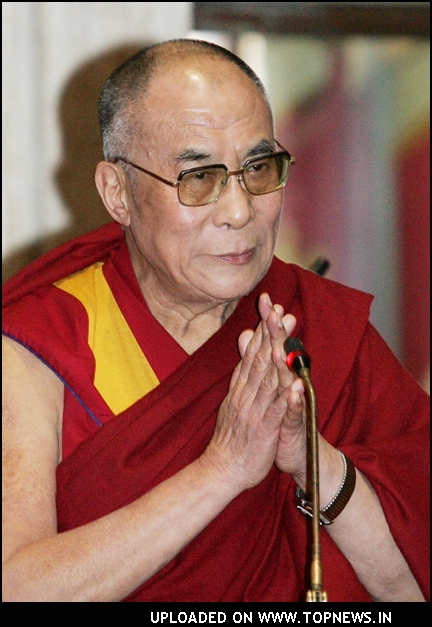 In a surreptitious move fraught with dangers of nuclear radiation in areas bordering India, China conducted three to four “low yield atomic explosions” in March 2005 to aid in clearing mountainous terrain to divert the Yarlung Tsangpo river, also known as the Brahmaputra, from north to south in Tibet.
In a surreptitious move fraught with dangers of nuclear radiation in areas bordering India, China conducted three to four “low yield atomic explosions” in March 2005 to aid in clearing mountainous terrain to divert the Yarlung Tsangpo river, also known as the Brahmaputra, from north to south in Tibet.According to classified Indian intelligence documents, the blasts were reported at Moutou in Tibet and also near the Great Bend of the Brahmaputra. The blasts were low yield nuclear explosions and were conducted at significant depths to avoid detection.
As alarm bells rang in South Block, the issue was taken up by the Indian ambassador in Beijing with the Chinese authorities who flatly denied that atomic blasts had been executed to divert the waters of the Brahmaputra. It was not before three years had elapsed that information on the blasts in Tibet was shared at the highest levels of the National Security Council (NSC) with the United States during the then American defence secretary Robert Gates, a former CIA director, during his visit to India in 2008. At the time, US authorities admitted to their Indian counterparts the complete failure of their satellites to detect the blasts.
When contacted, India’s the then deputy national security adviser S D Pradhan confirmed the blasts and the efforts made to confront the Chinese with the evidence. Other sources in the Research and Analysis Wing and the National Technical Research Organisation (NTRO) too corroborated the information. However, the security establishment, particularly the NSC, sought to play down the “grave” issue.
A top secret Chinese plan to take the Brahmaputra to arid zones in the north by building a 200-km-long canal passing through Mount Namcha was presented by experts from that country in December 1995 at the Chinese Academy of Engineering Physics.
The Indians learnt about the plan toward the end of 1997 when an American scientific journal published a comprehensive account. In 2003, a section of the Chinese media reported that a feasibility plan, aimed at diverting the waters of the Brahmaputra from south to north, was underway. This was confirmed by Indian satellite imagery which discovered that dams were being constructed at Dagu, Jiacha and Jiexu in Tibet.
As the Chinese went ahead relentlessly with their objective of diverting the Brahmaputra, a draft outline of China’s 10th five year plan clearly stated that the river would be diverted from south to north through three channels in the eastern, central and western regions from Yangzhou, Danjiang Reservoir and Tongtianhe, respectively.
According to highly placed NSC sources, two factors confirmed the March 2005 atomic blasts. First, there was unprecedented flooding of the Brahmaputra in June-July 2005, raising the level by 30 metres on the Indian side. This was interpreted as the outcome of the Chinese engineers’ efforts to divert the river water to facilitate their work. At the time, the Assam government took up the matter of massive flooding with the Centre, suspecting a Chinese hand.
Second, in October 2008, Indian intelligence noticed that Chinese engineers had begun work through Tibet’s Galung La mountain in Nyingchi prefecture near the Great Bend of the Brahmaputra, confirming yet again that nuclear blasts had taken place there earlier.
China has steadfastly claimed that all the dams on the Yarlung Tsangpo are run of the river, which the Indian authorities are loathe to believe. India’s concern is that its share of Brahmaputra’s waters would be reduced and that China could use it as a weapon to cause heavy damage to the Indian side by releasing water at anytime it wished.

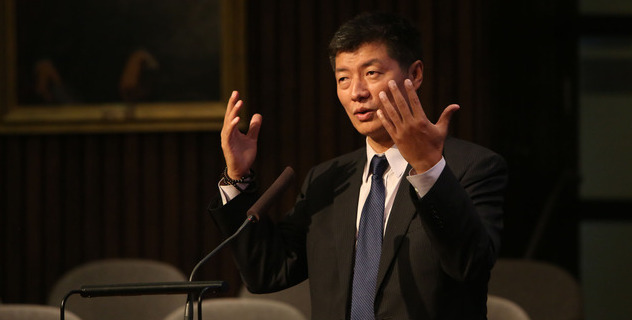




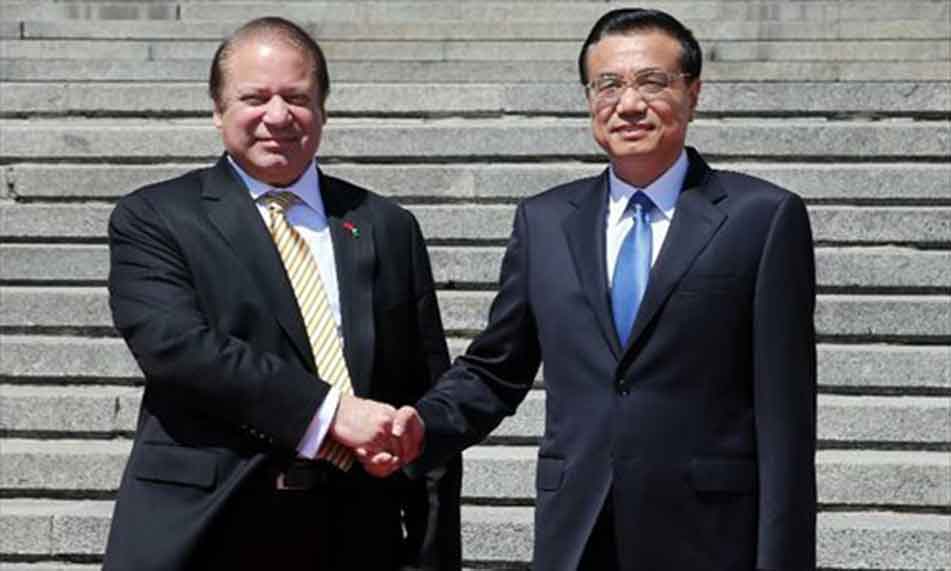
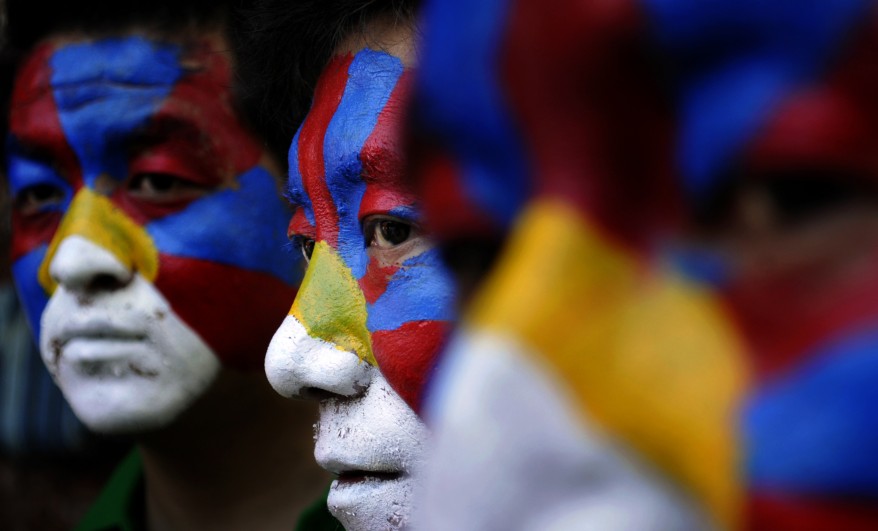 Tibetans suffering repression in China, organisers said here Sunday.
Tibetans suffering repression in China, organisers said here Sunday.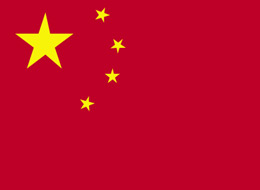


 LHASA, Aug. 12 (Xinhua) -- The Shoton Festival, which ended Monday in Lhasa, capital of Tibet, featured multiple displays of Tibetan culture, including opera performances, an exhibition of painted scrolls and a cycling race.
LHASA, Aug. 12 (Xinhua) -- The Shoton Festival, which ended Monday in Lhasa, capital of Tibet, featured multiple displays of Tibetan culture, including opera performances, an exhibition of painted scrolls and a cycling race.